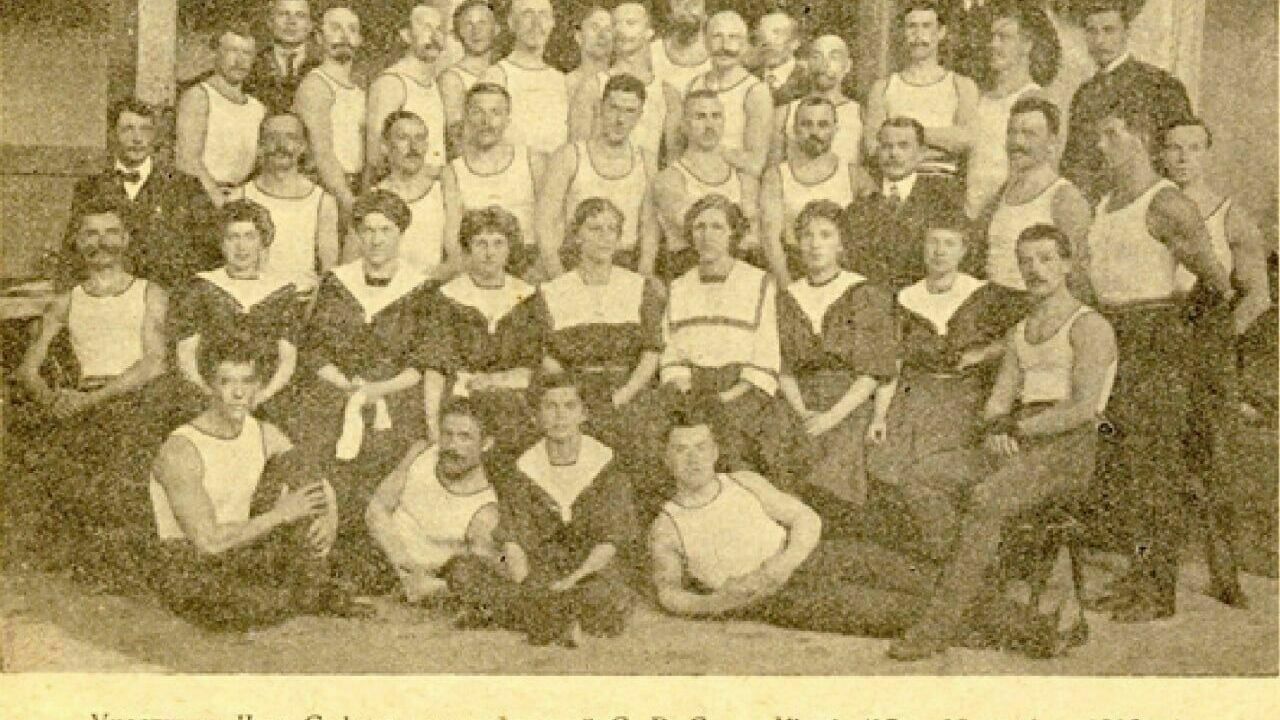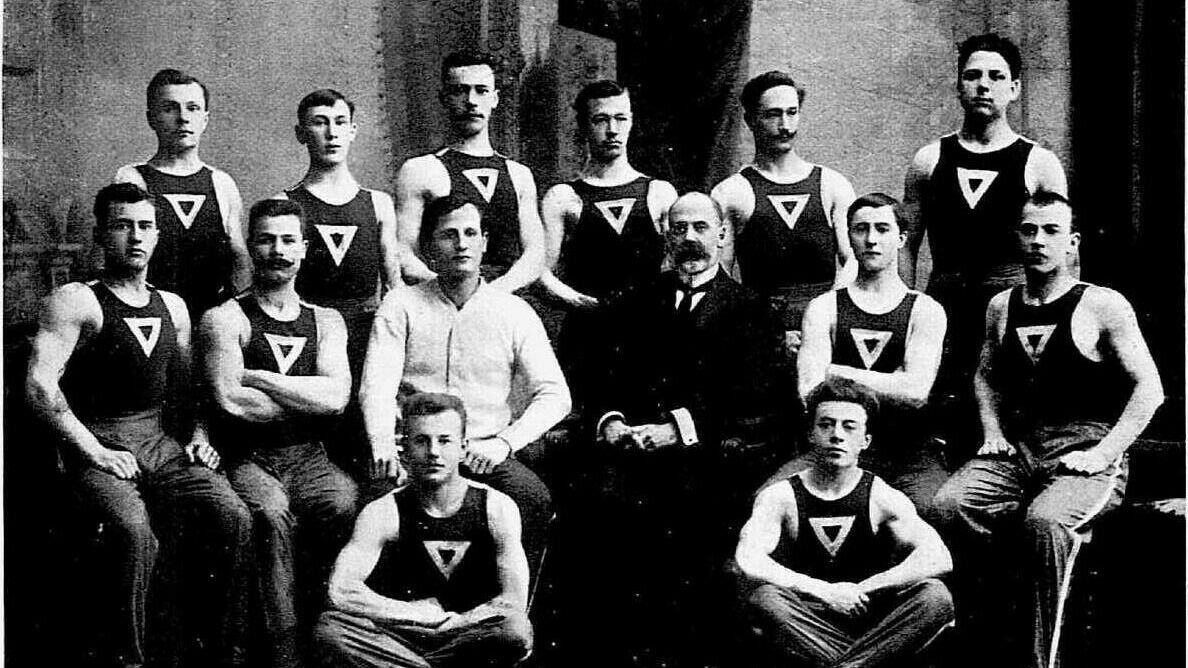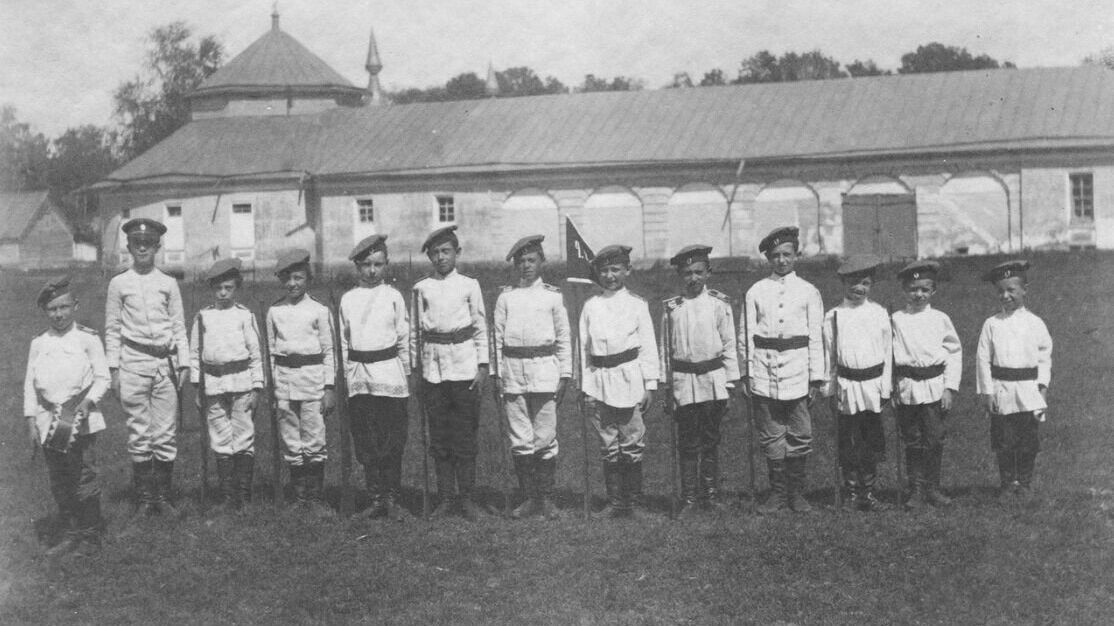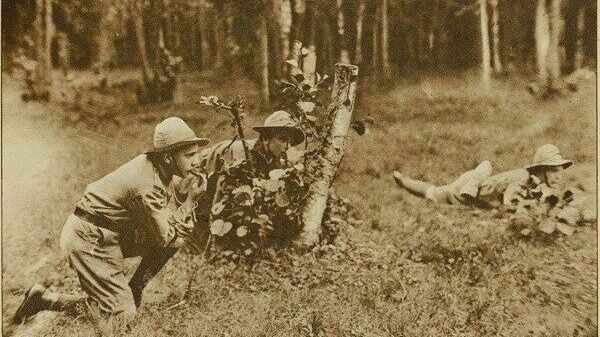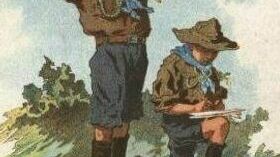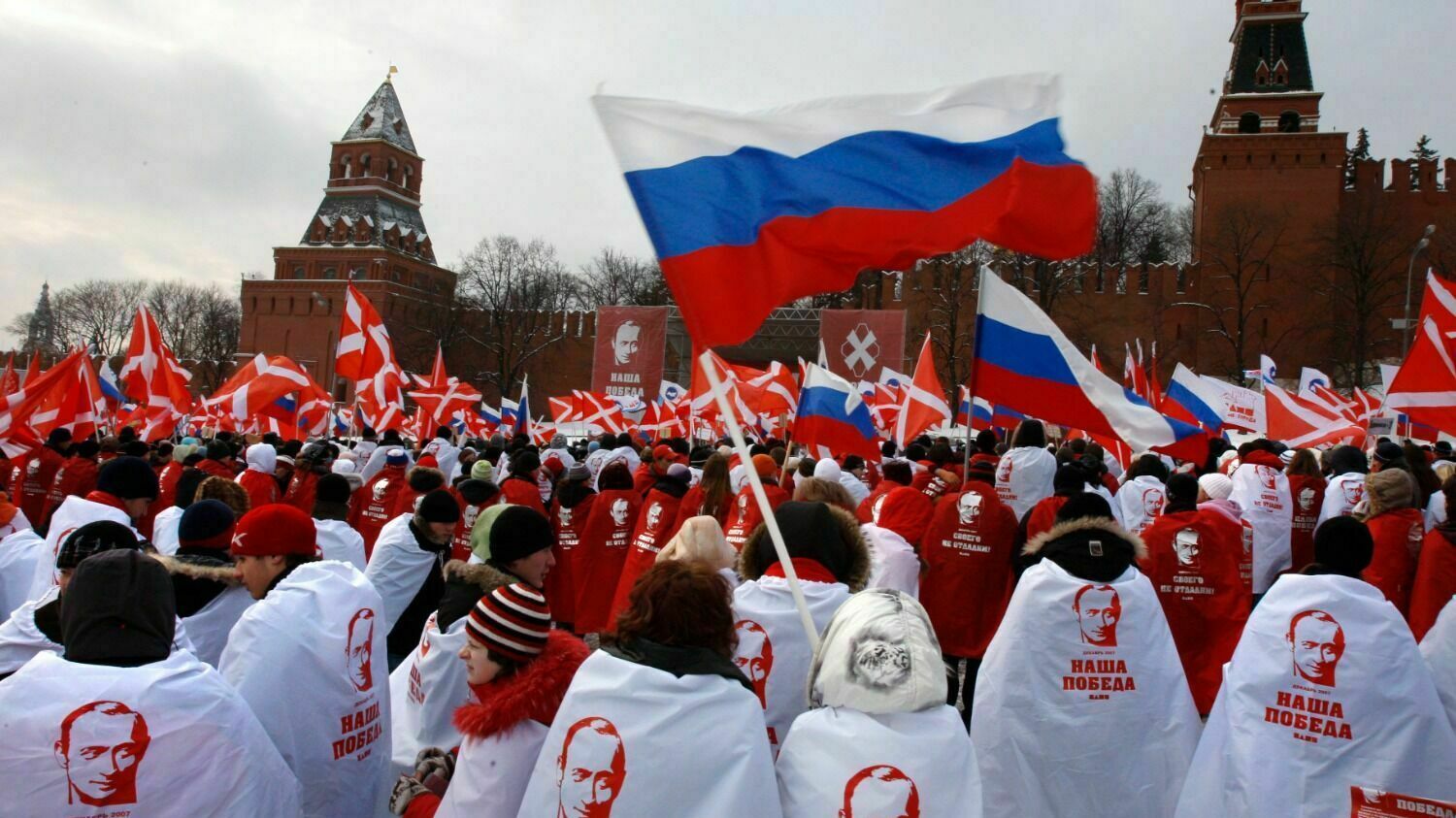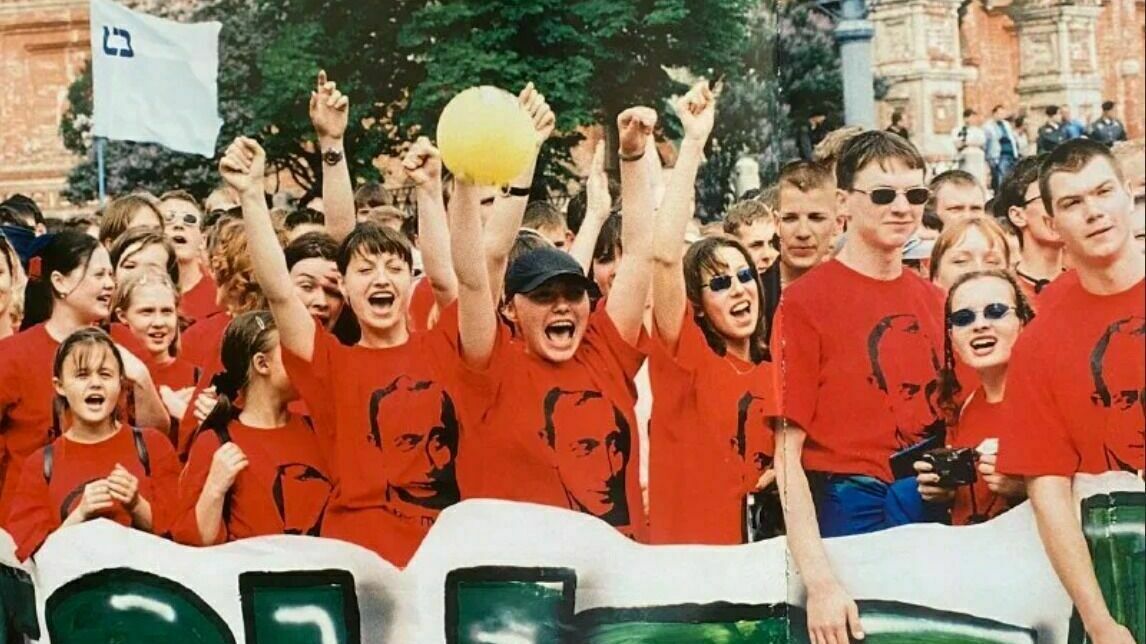Posted 14 февраля 2023, 15:07
Published 14 февраля 2023, 15:07
Modified 16 февраля 2023, 08:04
Updated 16 февраля 2023, 08:04
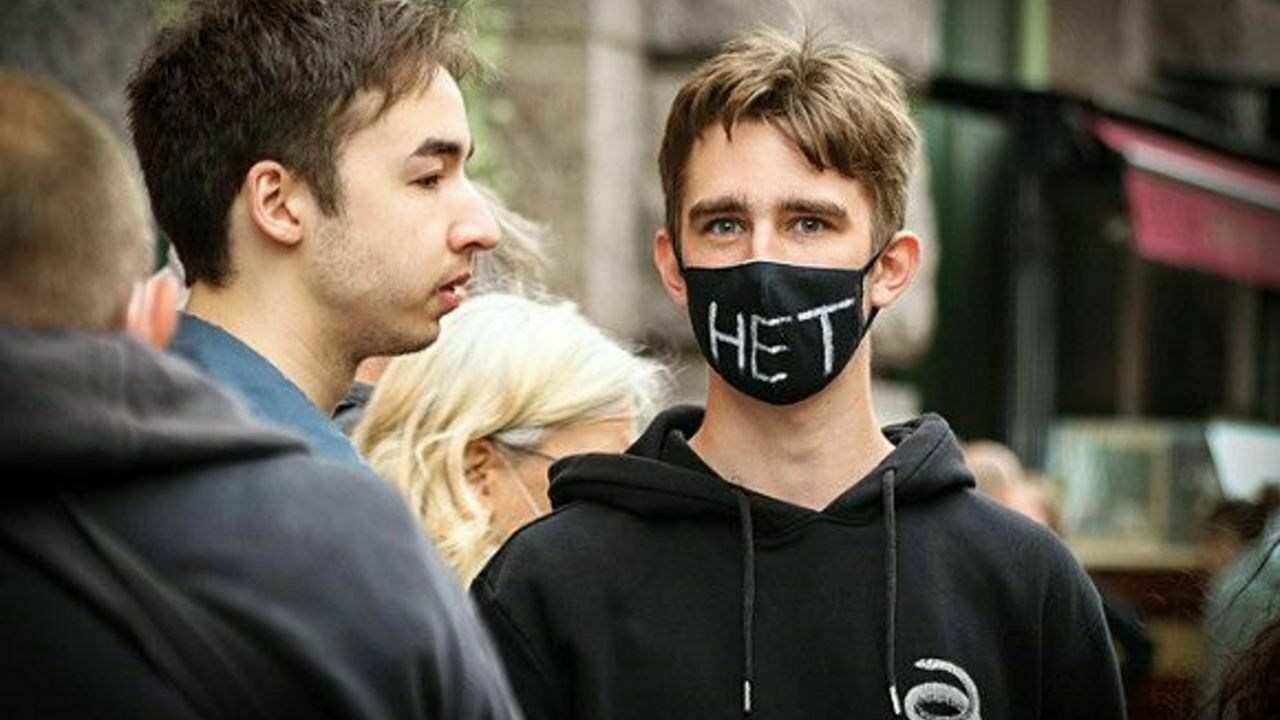
The ideology of the action. Will you take it? Where the new "social elevators" for young people are going
Sovietization is marching across the country. What has been prepared for the youth
For those who are older, in addition to the terrible 90s, you can get old myths about equality, brotherhood, social support, and other non-existent benefits of unfinished communism from under mothballs. Still, few people remember what price people had to pay for the accelerated formation of industry. You can't take young people like that: they are used not to the industrial, but to the information society.
"Zoomers" are against
It is with the youth that the authorities, as political scientist Abbas Gallyamov explains (recognized as a foreign agent in the Russian Federation – Ed.), will have the most problems.
- People of the older generation are more loyal to everything Soviet, this is understandable, these are the times of their youth. But the authorities, of course, would like all this not to be limited to the elderly, to capture both middle-aged people and young people, but if it does not work, then at least we will capture the elderly. Previously, young people also had a positive attitude to the Soviet Union, to the image of the USSR that was present in Russian propaganda. Now, of course, young people have lost all interest in all this and generally reject the government, its entire discourse. She is not interested in the USSR at best, and at worst she is against it.
Perhaps today's youth, those "zoomers", are best studied and understood by marketers. Simply because they need to sell numerous goods and services to this generation. Their research describes young people this way: they can barely distinguish the online from the offline world, practically merge with gadgets, due to which they have super-fast access to almost any information, and, by the way, they lose interest in it at lightning speed if it does not immediately bring tangible benefits. However, empathy is extremely important to them, there is a high need to share their values. And they are immersed in various games and they have completely new speed requirements. Marketers have already figured out how to talk to these guys. And what about the state? After all, it is clear that the usual pattern is not applicable to new realities.
However, the authorities are still trying to act by the old methods. All the same, Soviet. For example, by breeding pro-state youth organizations.
How politics destroyed Soviet Scouts
It cannot be said that youth organizations are a Soviet invention. They began to appear in our country even under the tsar. First, in 1900, a branch of the international organization "Christian Union of Young People" appeared in Russia, which then transformed into an independent movement "Mayak", which existed until 1923. In 1908, the organization closest to the modern "Unarmia" appeared - "Funny Troops". The initiator was Nicholas II, and the movement was engaged in patriotic education and military training of young people. Pyotr Stolypin and his son Arkady organized the Union of Russian Sokolstvo, a non-partisan and non-political organization that dealt with physical and spiritual development.
And in 1909, the most numerous pre–revolutionary youth organization, the Scouts, appeared. Approximately the same as in the USA, because on the initiative of Nicholas II, the book "Scouting for boys" by the founder of the scout movement Robert Baden-Powell was translated into Russian. Then it was proclaimed that "scouting cannot and should not aim to draw the young souls of schoolchildren into politics with its whirlpool of passions. Politics should be alien to the young, not yet strong soul of a schoolboy."
It is not surprising that in 1922 scout organizations were banned. Apoliticality was the main difference between pre–revolutionary youth organizations and Soviet ones, explains Valeria Kasamara, director of the HSE Institute for Applied Political Studies.
- Even before the pioneer, the international scout movement was created, which turned out to be so successful and in demand among children and youth that formats and approaches began to be replicated and took root, including in our country. The main message of the scout movement was to educate children to be ready for any living conditions and challenges. And there is a significant nuance: the movement was apolitical. While the pioneer, with a general formal similarity to the scout movement, was one of the steps of political socialization, which was supposed to prepare for joining the Communist Party. However, Vladimir Lenin wrote in the book "Tasks of Youth Unions": "It is necessary that the whole matter of upbringing, education and teaching of modern youth should be the upbringing of communist morality in it."
So a whole ladder of ideologically verified organizations was built: first the Octobrists, then the pioneers and the last step before joining the party – the Komsomol (Komsomol). These organizations successfully collapsed together with the USSR.
How they tried to "fake" the pioneer and the Komsomol
Already in the XXI century there were many attempts to recreate youth organizations.
Remember, for example, "Going Together" and the "Ours" movement that replaced them, which became famous for their street actions and the fight against the opposition.
Each party had an active youth wing: "Zhirinovsky's Falcons", "Youth Apple", "Young Guard of United Russia" and others. Most organizations either stopped their activities, or minimized them, or were transformed into others, such as, for example, the "Russian Movement of Schoolchildren", which turned into the "Movement of the First". But somehow this institution of working with young people does not take root for a long time. Valeria Kasamara explains the constant rotation by natural processes - evolution and competition.
- The survival of youth movements is subject to fully explicable cycles, and the reasons sometimes depend on the figure of the leader, sometimes on goal-setting, sometimes on the general political context. In any case, a wide range of choices and the evolution of youth movements, corresponding to the general dynamics of the ongoing processes, are now important. Otherwise, there will be no support and interest from young people. Today it is important to give civic competence in youth movements: not to interfere, to give a feeling of a friendly shoulder, a mentoring resource and an understanding of which door to knock on.But political scientist Dmitry Oreshkin believes that the competition is not for young people, but for budgets.
- Surkov was the first to start it, who came up with "Going together", then "Ours". All these organizations are replacing each other, because there is competition for a position at the vertical and, accordingly, at the budget. Surkov time is over, the budget remains, and other people want to command this budget. In Soviet times, there was no competition – a person was appointed the head of the Komsomol – so he commands until he is guilty. No alternative Komsomol, like no alternative party, could have occurred to anyone. And now a man comes to the presidential administration and says - I'm ready to come up with a new Komsomol for you. And if some official in the administration thinks that this guy will succeed – or he himself will have something from it, he says - come on! And provides funding.
Youth – "Pyrrhic victory"!
In January 2023, branches of the Russian Movement of Children and Youth (RDDM) "Movement of the First" began to appear all over Russia like mushrooms after the rain.
They open in schools, colleges, universities and are supposed to help students implement interesting projects. But they develop in the "Movement of the First" not only professional skills, but also ideological ones. These organizations prepare children and young people for life in society, "including the formation of their worldview based on traditional Russian spiritual and moral values." The traditionality of such values, as Novye Izvestia found out earlier, is very doubtful, but the collective struggle with LGBT representatives successfully distracts people from more pressing and important problems.
Interestingly, in the section on the values of the movement, not a word is said about professionalism and work efficiency. But there is a 100% ideological coloring. One might even say propaganda. It talks about mutual assistance and mutual respect, the unity of the peoples of Russia and the protection of the history of Russia, as well as about preserving the memory of the defenders of the Fatherland.
Historian Irina Karatsuba explains that history is a particularly powerful tool, which in inept hands can lead to the most unexpected consequences.
- Nietzsche has an essay "On the benefits and harms of history for life." There he identifies three forms of history and traces how these forms of history affect a person's life. The history is monumental – the history of great ancestors and victories without taking into account their price. The history is antique, which is busy collecting facts and facts. And the story is critical. A monumental story can inspire, but at the same time it can create very dangerous examples and drag a person into all sorts of unpleasant things. We all remember the expression "Pyrrhic victory". According to legend, King Pyrrhus said this after he lost half of his army in battle. And he said that one more such victory – I will have neither an army nor a country. Numerous Soviet victories – they were exactly of this nature, "Pyrrhic".Ideology in youth organizations is not the last place, especially in the patriotic movement "Unarmia".
In previous versions of the description of the movement, which have been preserved in the archives of the Internet, it was said that it sets itself the tasks of "developing responsibility, principles of collectivism, a system of moral attitudes of the individual based on the inherent value system of Russian society," and familiarization with knowledge and technical creativity was in last place. Now the wording on the Unarmia website has softened, but the principles of the organization's work have not changed. Very much resembles the pioneer movement in the USSR, the purpose of which was to educate fighters for the cause of the Communist Party of the USSR with the only difference that now they are educating the struggle for traditional values and the cause of the Ministry of the harrow, and not the party.
It is possible that a modern analogue of the Komsomol will soon appear, which created a personnel reserve for the CPSU: by June 1, 2023, the Government of the Russian Federation should develop a state program that will create conditions for the development of youth policy, patriotic education, and by March 1, 2023, provide proposals to increase the attractiveness of the civil service for young people.
In the "social elevator" to which floor do you go?
Valeria Kasamara claims that the main goal of the "Movement of the First" and "Unarmia" is the socialization of children and adolescents, not political training.
- Neither the "Unarmia" nor the "Movement of the First" are related to political parties. Yunarmeytsy realize themselves through familiarity with professions and activities related to the value of Service to the Fatherland. The main goal of any children's and youth organization or movement is to become an institution of socialization. Even the very fact of implementing collective actions will work for the fact that from an early age children will learn to unite and achieve common goals that cannot be achieved alone. At the same time, it is important that there is space for individual and personal action, collectivism should not replace them. There was a clear shortage of such in the Soviet Union, so a number of compatriots in a sense are careful about the emergence of mass youth and children's movements.However, it is very difficult to get away from the parallels between the "Movement of the First" and the Pioneer: officially, the decision to create the "Movement of the First" on the basis of the "Russian Movement of Schoolchildren" was made during the "Big School Picnic" dedicated to the 100th anniversary of the pioneer, at which the first deputy chairman of the Presidential Administration for Internal Policy Sergey Kiriyenko, head of the Presidential Administration Russian Federation for Public Projects Sergey Novikov, Children's Ombudsman Maria Lvova-Belova, First Deputy Chairman of the Federation Council Committee on Constitutional Legislation and State Construction Lyubov Glebova and others.
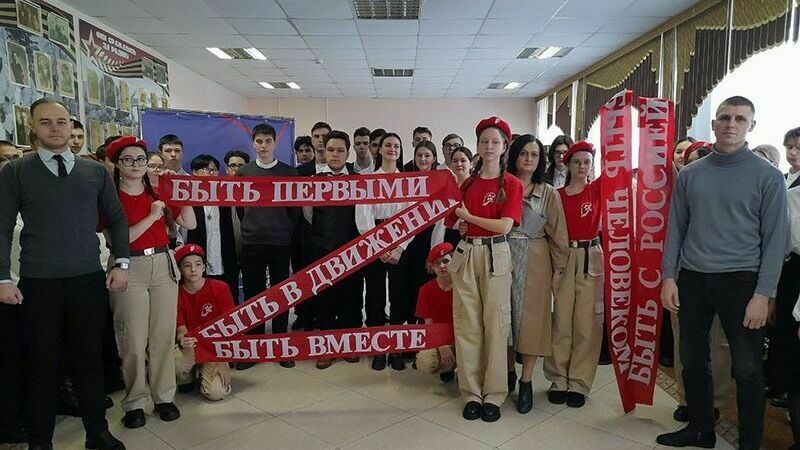

Dmitry Oreshkin believes that modern organizations and Soviet ones have a lot in common.
- They resemble Soviet organizations in that they are designed to educate young people in the spirit that suits the vertical of power. In Soviet times, Komsomol members struggled with religion and had to be brought up in the spirit of Marxism-Leninism. Now they are being brought up in the Orthodox spirit, because it does not matter what banner the flag bearer carries, the main thing is that he holds on to the shaft tightly, because the shaft is vertical, provides him with control over the situation and abundant nutrition. It is clear that such youth organizations are created from above, vertically – this is typical of the so-called "ideocracies", that is, political structures that use some idea to form their power structures.
In the Soviet Union, membership in youth organizations was an important step for further career advancement and obtaining material benefits. People have been taught since childhood that only a faithful communist can live well. Pioneers could count on rest in camps, and Komsomol members saw ahead the distribution of promising jobs and career growth to managerial positions – explains Dmitry Oreshkin.
- In the USSR, it was very difficult, without being a Komsomol member, to enter a good institute. If you are not a Komsomol member, personnel officers treat you with suspicion, you are unlikely to be hired for a good job.
But today's youth is not at all what it was during the USSR. This is not just senile grumbling, but a fact established by sociologists. "Generation Z" grew up in different conditions, without breaking away from the mobile phone, the Internet and social networks. Marx's "being determines consciousness" works flawlessly. The "Zoomers" have completely different habits, problems, goals in life and skills. They are much more self-contained than previous generations, focused on self-improvement, getting pleasure. At the same time, they are much easier to navigate in the digital environment and easily monetize their hobbies with the help of modern services and promotion methods. The need to participate in some organizations in order to achieve important goals is not at all obvious to them. Dmitry Oreshkin adds that the "zoomers" can realize their ambitions on their own.
- If a person of this generation has brains, ambitions, qualifications, he realizes himself. You can achieve a lot in a competitive world without depending on the top. If he doesn't succeed here, he'll get on a plane and leave. By the way, I am currently observing this process. If you create this Komsomol, don't create it – fundamentally there is no difference. The movements created do not correspond to Generation "Z". They correspond to the ideas of generation "P" (from the word Putin) about how to educate young people. They can't invent anything new, they just take Soviet samples, where they themselves come from, and try to recreate them.


However, Valeria Kasamara has the opposite point of view.
- Zoomers are characterized by increasing individualism, therefore, in order to shift their focus from themselves, it is necessary to give relevant guidelines, the feeling of being needed by someone for this generation is more than significant. To answer the question about the impact of newly created youth organizations on the minds of young people, we should not rush with forecasts, but let them turn around and see how much they will receive the support of children and whether they will stand the test of time when the initial emotional intensity subsides, the attention of the driver personalities decreases. Many children had a request to feel community.
The request for generality, of course, is convenient for the authorities. But it is worth recalling that in the same Soviet Union, youth organizations were understandable and unchangeable. And due to this, they had significant social and political weight. People knew that if they joined the Komsomol now, then in a few years, by the time of employment, membership in it would have the same value. Inanimate, artificially created organizations of modern Russia can disappear at any moment – as soon as they fulfill their function, which they are assigned at the top.
Last spring, Vladimir Putin said about the organization of the All-Russian youth movement that "it needs to be done so that it is not imposed "from above", immersed in strict forms. No, it has to come from the inside, from below." We talked, and did the opposite. Comrade Major was incited against what was going on "from inside and from below", bloggers were dispersed, social networks were recognized as extremist, censorship laws are consistently adopted… In general, it seems that they decided that since their social elevators are in low demand, they need to first destroy those others that have formed in a competitive environment. How this fits in with the values of the "zoomers" is difficult to imagine. Apparently, the "not convenient" values will also have to be broken.
